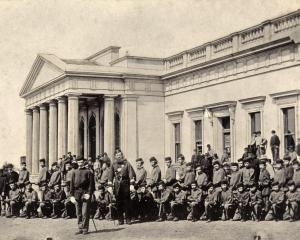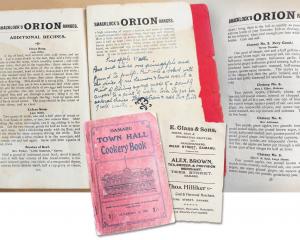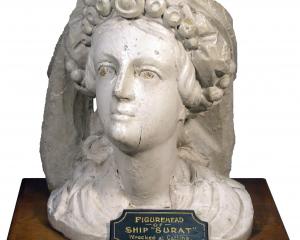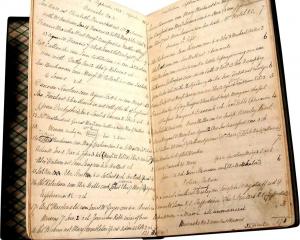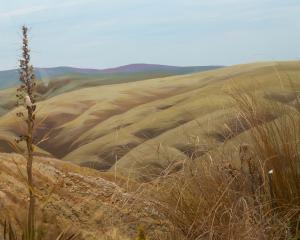
More than 100 Dunedin men died in the dawn attack on Passchendaele in Belgium on October 12, 1917. They were among 2700 New Zealanders killed or wounded there in just four hours. The 2nd Otago Infantry Battalion led the way, going "over the top" at 5.30am and heading up the kilometre-long slope of Bellevue Spur, with the village of Passchendaele just beyond.
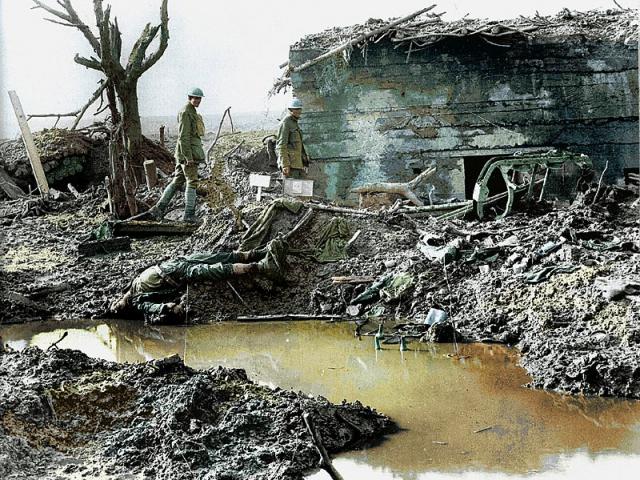
The New Zealanders had walked into a carefully-prepared killing field and were slaughtered.
The New Zealand 2nd and 3rd Brigades (including two of the three Otago battalions) attacked with a total strength of some 6400 men. Against them was the German 6th Jaeger Regiment with about 2000 men, but 72 machineguns. It was German machineguns such as the MG08/15 currently exhibited in Toitu’s "Call to Arms" display that dominated the scene that morning.
Protected behind metres of barbed wire and concrete pillboxes, the frontline German machineguns are known to have fired up to 15,000 rounds each. A single German soldier recalled firing 700 shots at the New Zealanders with his rifle. In this maelstrom of hot lead, German casualties were light; it was the New Zealanders who were shot to pieces.
In terrible conditions and with inadequate time to prepare, the Allied artillery failed to cut the German wire or smash their defences, leaving the advancing New Zealand infantrymen fatally exposed. Through the rest of that day, wounded New Zealand troops took shelter in the shell holes that pockmarked the slope. Many died before help could reach them, sometimes drowning in the mud and water that filled the holes. Stretcher-bearers worked through the night and into the next day to bring the wounded back for medical care.Thankfully, the German machinegunners held their fire as the rescue effort went on.



